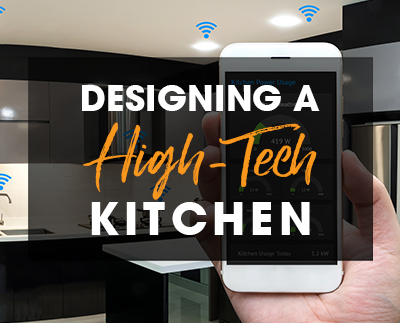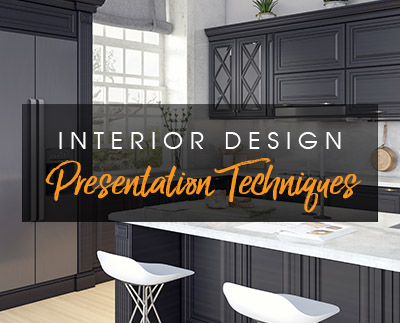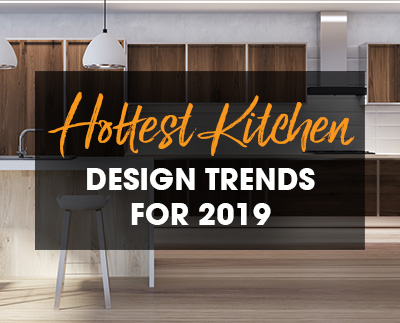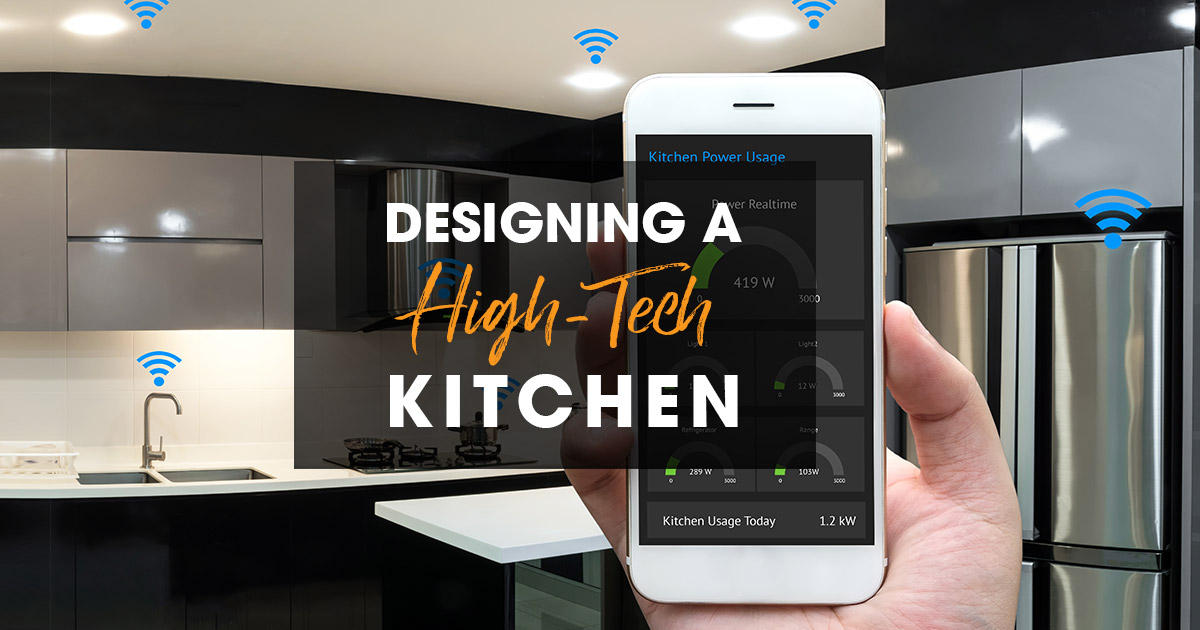
Technology is revolutionizing almost every aspect of our daily lives.
From our cars to our homes to our workplaces, technology helps us get things done more quickly and more efficiently than ever before.
And where better to integrate technology than the busiest room of the house?
Learning how to design a high technology kitchen is important if you want to stay ahead of the design game. Clients are requesting smart appliances and other smart features for their kitchens, and knowing how to design a high technology kitchen will help you fulfill their needs.
Subscribe to 2020 Blog
Smart refrigerator
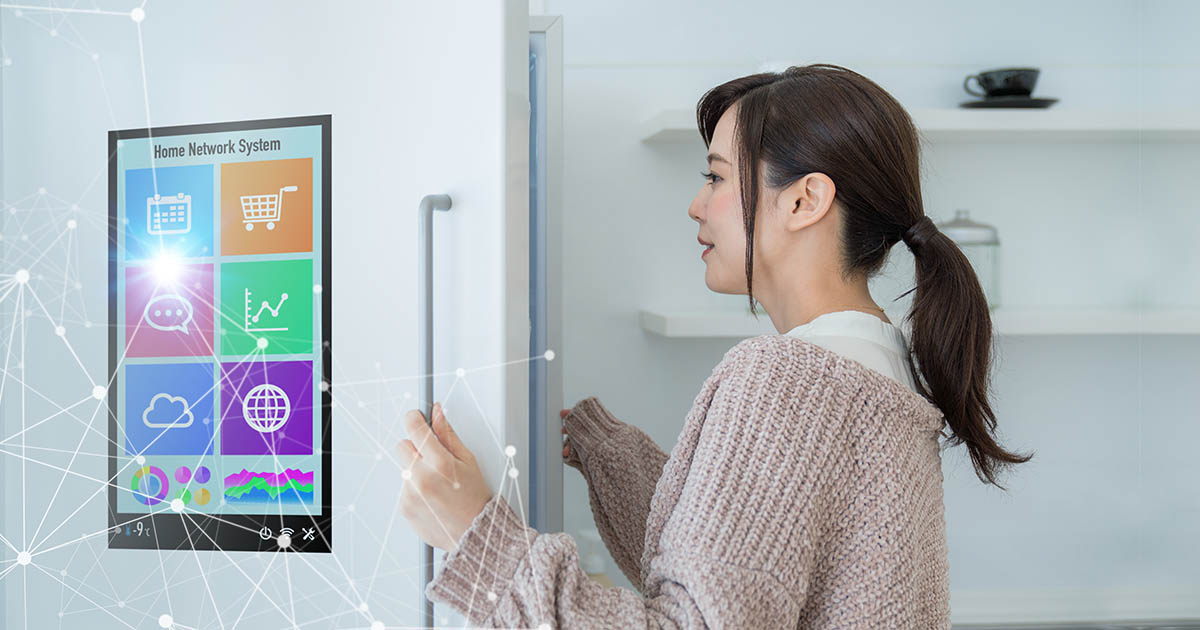
Smart refrigerators are all the buzz these days, and for good reason.
They’ve got many customizable features that simplify cooking, food storing and grocery shopping, and other features that promote energy efficiency.
Of course, the features depend on the brand of the refrigerator, but here are some nifty smart features your clients might be looking for:
- Transparent touchscreen doors that allow people to peer inside without having to open it
- Touchscreen that lets family members leave messages for each other
- Recipe look-up option on the touchscreen monitor
- Temperature control by drawer
- Interior cameras so you can check what you need to buy while at the grocery store
- Water filter alerts
- Expiration date settings that alert you when an item is about to expire
If you’re using a 2020 kitchen design software, you can find smart appliances in the content catalogs.
Smart faucet
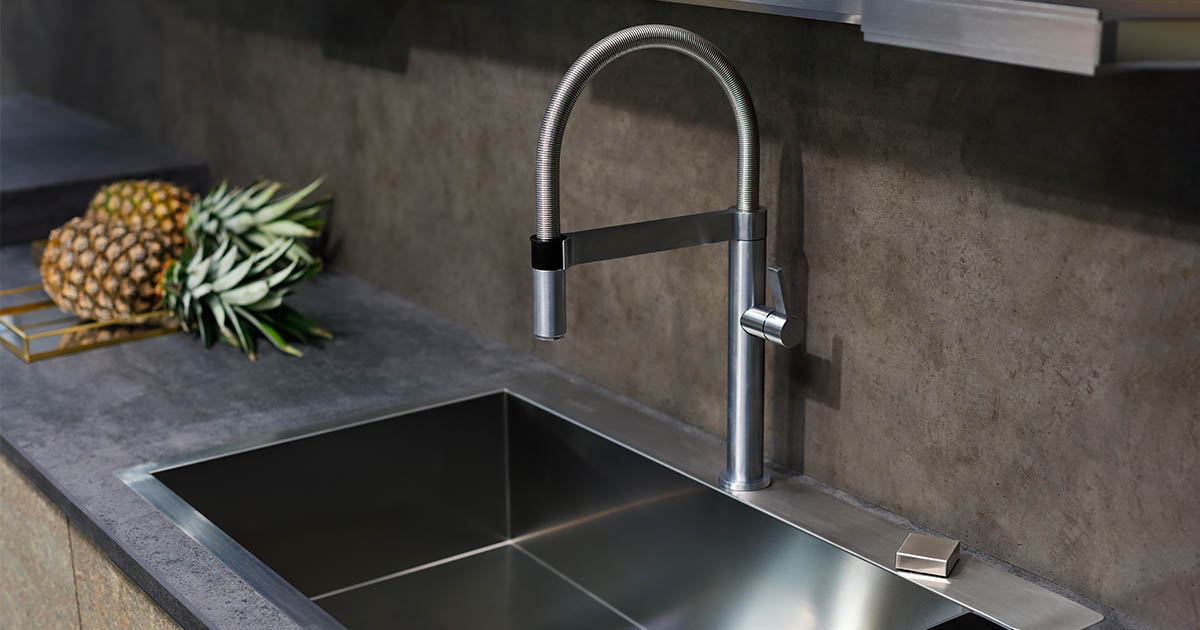
Most people are aware of touch faucets, but what about smart faucets?
Smart faucets are becoming increasingly popular, making it a must for any high technology kitchen. But what does a smart faucet entail, really?
Smart faucets can:
- Turn on and off via voice command
- Turn on and off via motion sensor
- Pour specific amounts of water into a container
- Let you adjust the temperature of the water via a digital display
- Heat up or cool down water even before you turn on the faucet
Smart oven
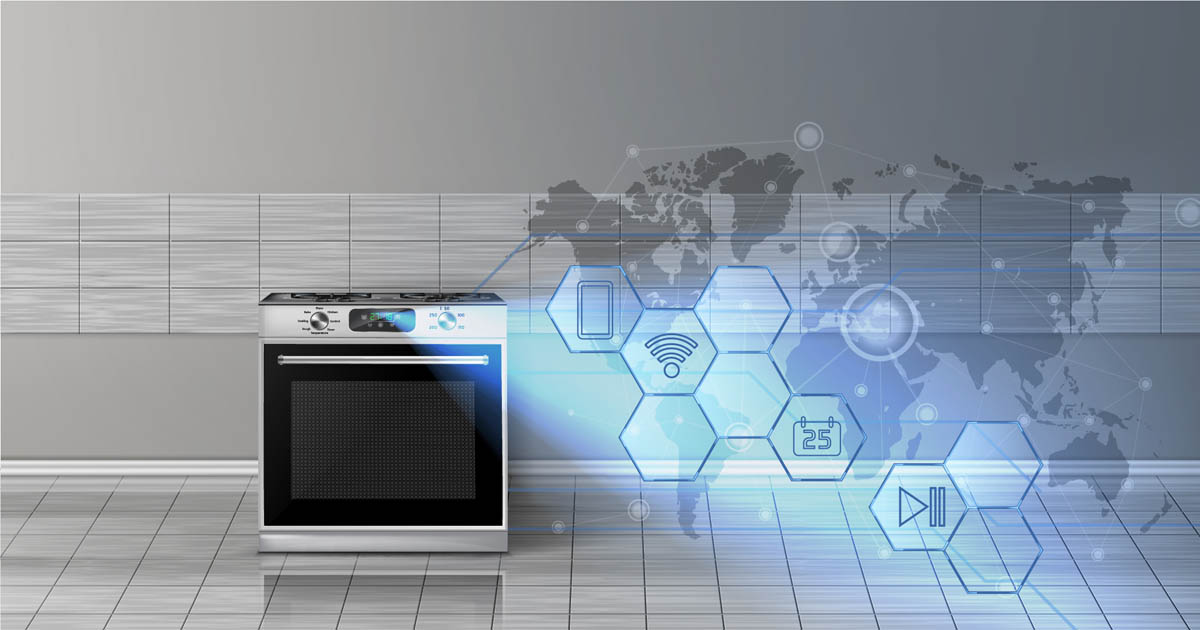
No high-tech kitchen is complete without a smart oven.
There are many different brands that offer smart ovens, and each of them have a variety of features available, some being more advanced than others.
Depending on your client’s budget, you can either recommend a top-of-the-line smart oven, or a moderately priced one that offers basic smart technology.
Here are smart oven features currently available on the market:
- WiFi or Bluetooth connectivity
- Amazon Alexa and Google assistant compatibility for voice control
- Temperature control via smartphone
- Camera in the oven that connects to your smartphone
- Pre-programmed recipes
- Integration with smart recipe apps such as Yummly
- Barcode scanner that enables oven to auto-adjust temperature according to meal
Smart lighting
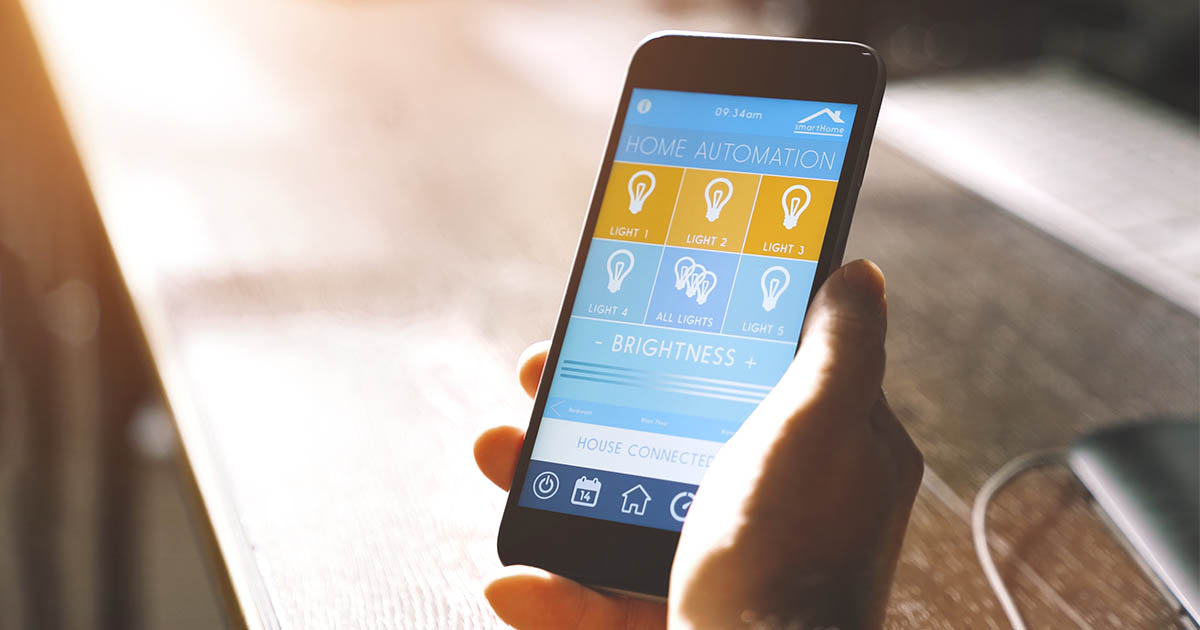
Smart lighting is one of the most common requests clients have in terms of technology in the kitchen.
They either request a central panel that control all lights, or better yet lights that are voice or app-controlled.
Voice-controlled lights must be connected to a smart device such as Amazon Alexa or Google assistant in order to function.
Smart lighting can function with:
- Under cabinet lighting
- Spotlights
- Pendant lights
- Lamps
As long as the light switches or light bulbs are compatible with smart technology, they will be considered smart lights.
Charging stations

All high technology kitchens should be designed with as many outlets as possible to accommodate smartphone, tablet and laptop charging.
The kitchen is the hub of the home, and it’s where families spend most of their time.
Whether kids are doing their homework, parents are cooking, or the entire family is having dinner, someone is bound to have to plug their device in.
Not only should there be traditional plugs in the kitchen, there should also be USB plugs or wireless charging stations for easy charging.
If your client wants to have charging stations that are hidden, you can place them:
- In a kitchen drawer
- In a nook under the kitchen island
- On the side of the kitchen island
- Under a cabinet
Share this Post

